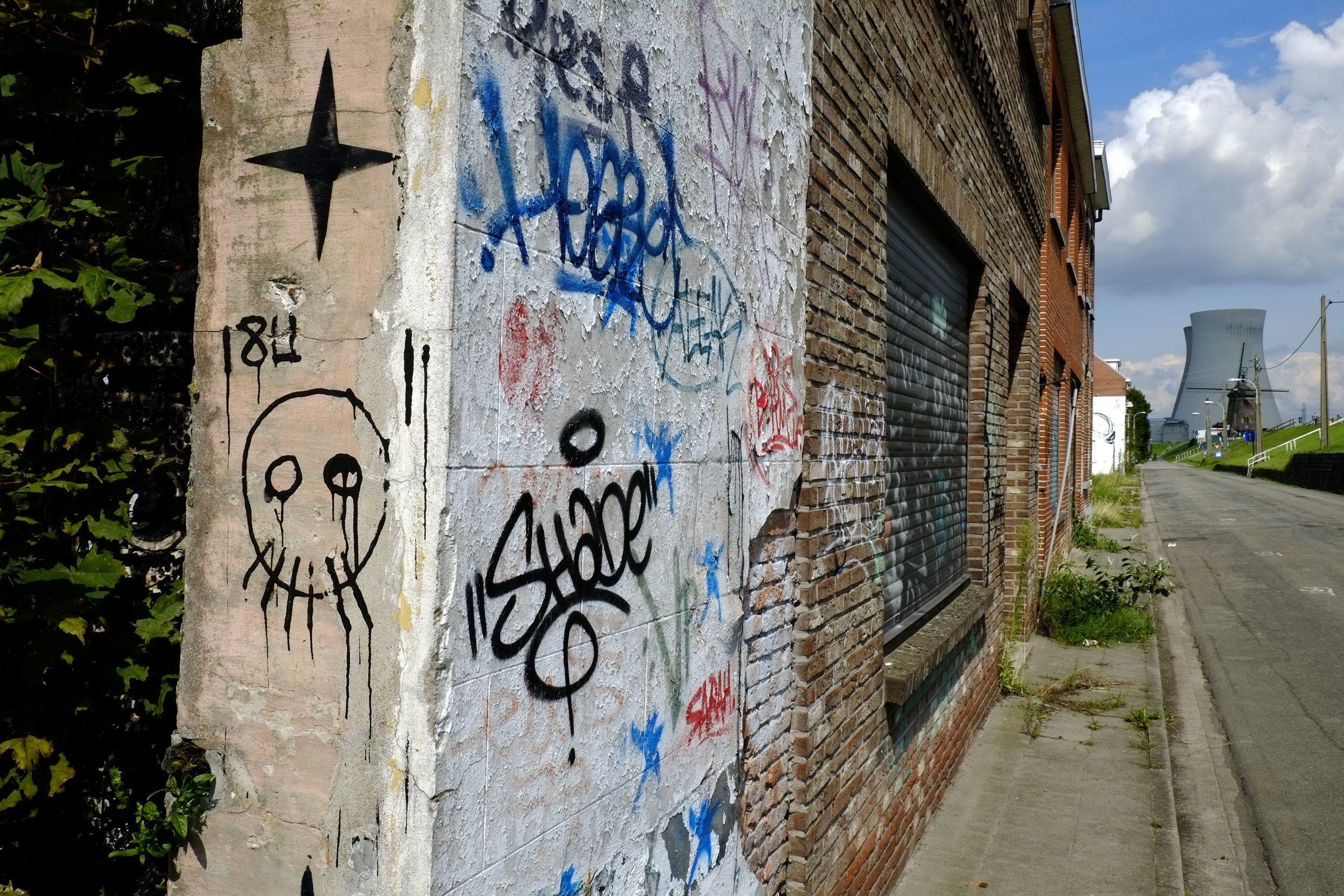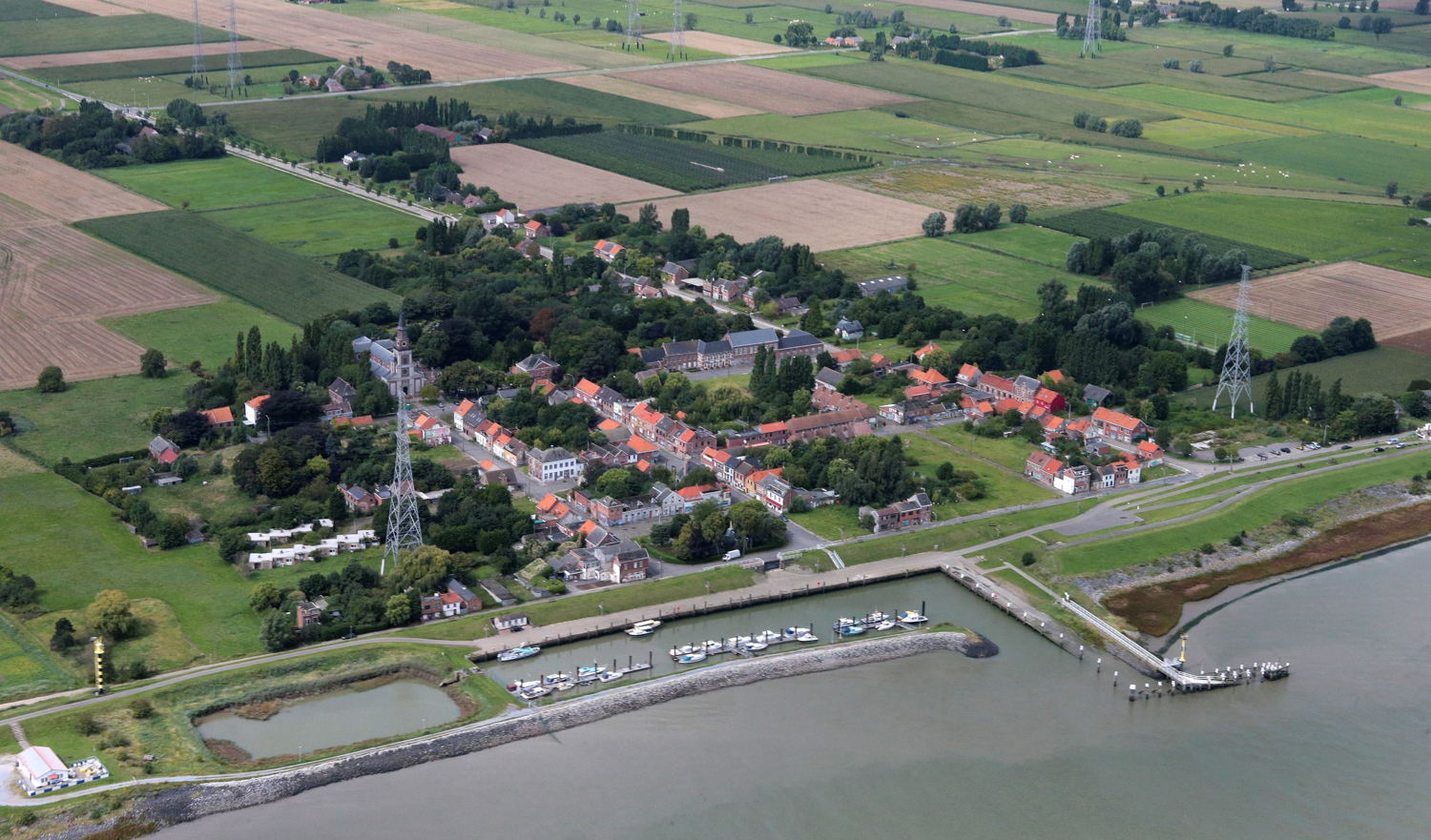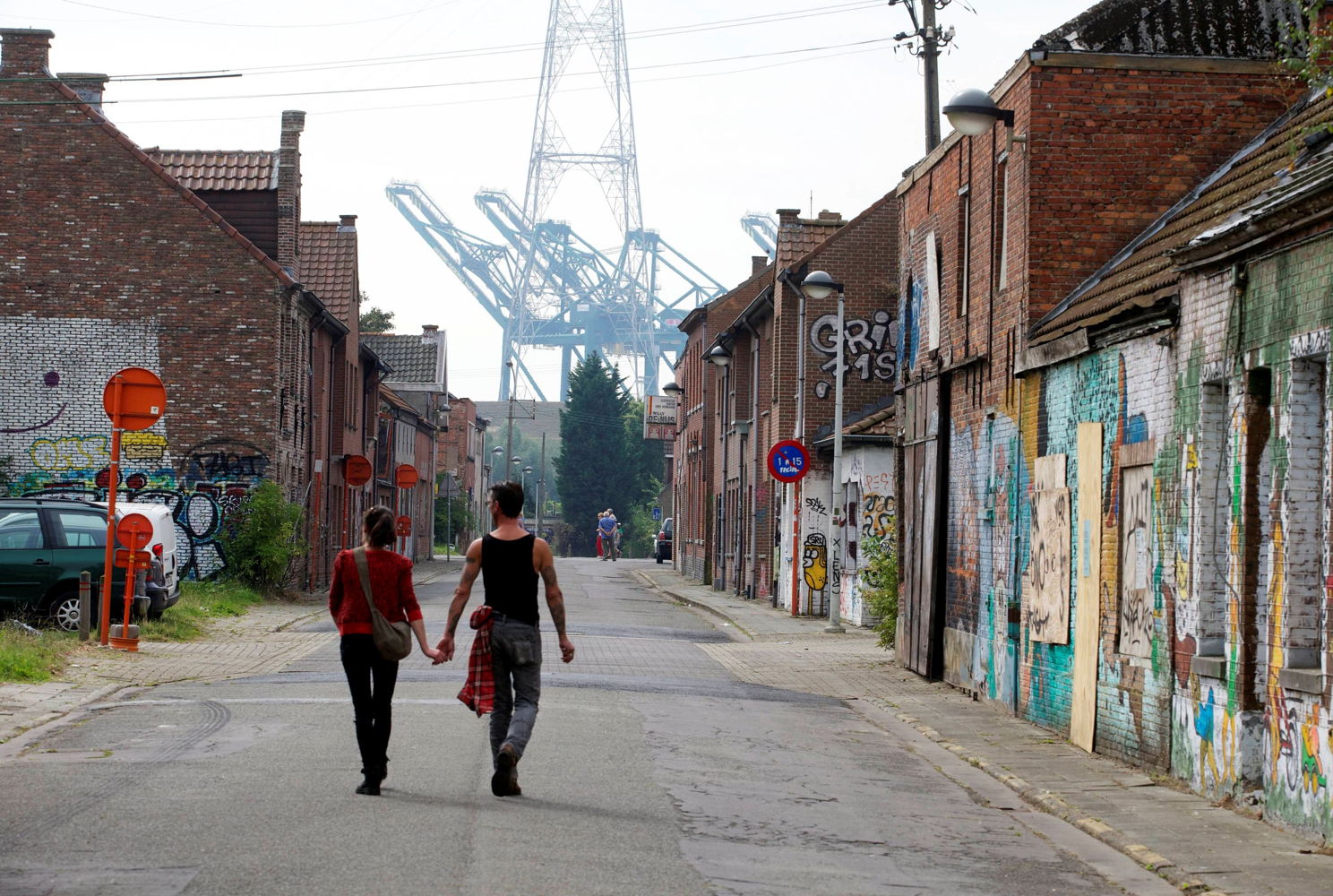Doel: the art of decay in Flanders' forgotten polder

Hidden in the shadow of the Port of Antwerp, where the River Scheldt nudges the Dutch border, lies Doel: a nearly abandoned village where silence and street art tell a story of defiance. Once a thriving polder community, Doel is now better known for its crumbling houses, haunting murals and the looming presence of a nuclear power station.
The village was earmarked for demolition in the 1960s to make way for port expansion, sparking a decades-long battle over its future. While most residents accepted offers of compulsory purchase, a small core of citizens, artists and activists refused to go quietly. They turned the empty streets into a stage for civil disobedience - expressed not in slogans or barricades but in paint and poetry.
Boarded-up buildings have become canvases for graffiti and murals, often politically charged, others simply melancholy. Some depict strong anti-nuclear messages, others celebrate the rural life now lost to industry.
With its rows of abandoned houses sealed with tin and its eerily intact 17th-century street grid, Doel has acquired the feel of an open-air museum - one curated by decay itself.
The twin cooling towers of the Doel nuclear power plant loom behind the village. Their ever-present hum is a stark contrast to the silence of the village. A centuries-old windmill confronts the concrete mass of industrial infrastructure in a visual metaphor for a rural past erased by progress.
Access to the village is strictly controlled. Visitors are allowed on weekdays, but only under certain conditions. Large groups are banned, and respect for the remaining residents is strictly enforced.
There are no cafes or shops in Doel; the nearest refreshments are at Fort Liefkenshoek or Fort Lillo, both reminders of the Scheldt's long history as a militarised and contested river.
Despite its emptiness, Doel is no mere ghost town. It is a physical space where resistance has taken the form of permanence through neglect. As Flanders continues to wrestle with issues of heritage, land use and energy policy, Doel stands as a haunting and poetic outlier.
This article is part of a series looking at exceptional destinations throughout Belgium that are perfect for a day out. |
|---|
#FlandersNewsService | Graffiti on a house in the village of Doel © BELGA PHOTO ERIC LALMAND
Related news



